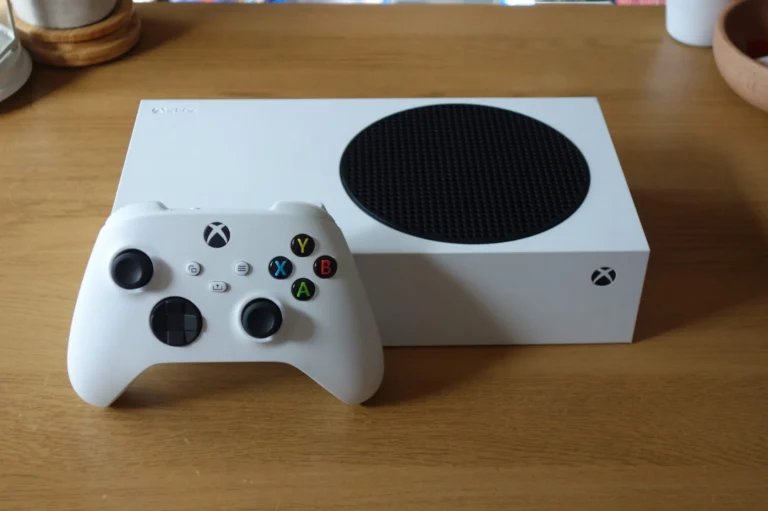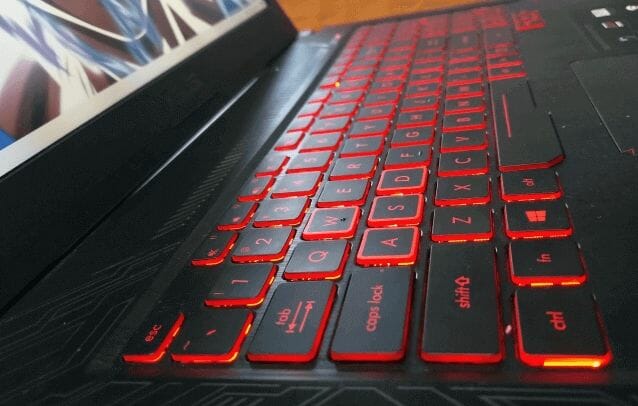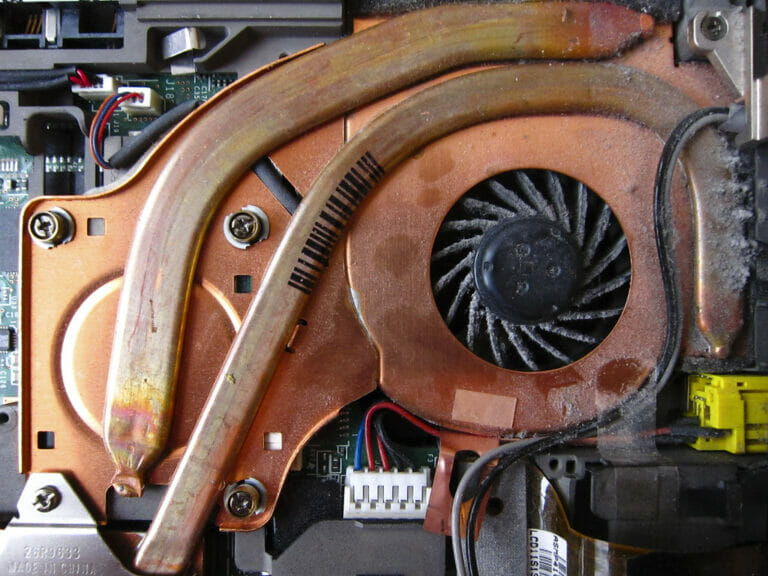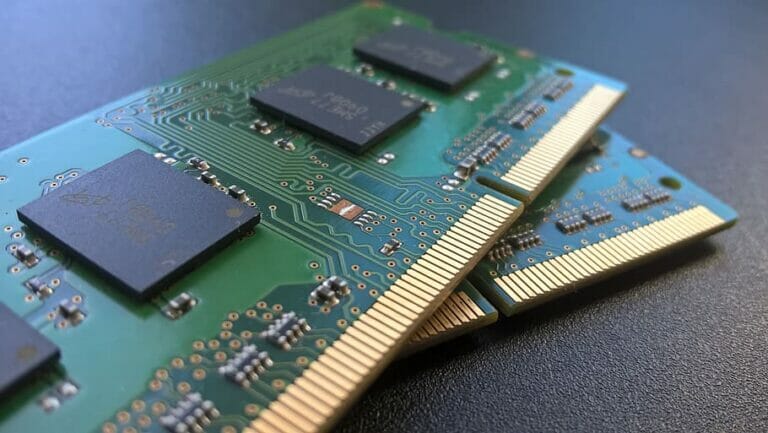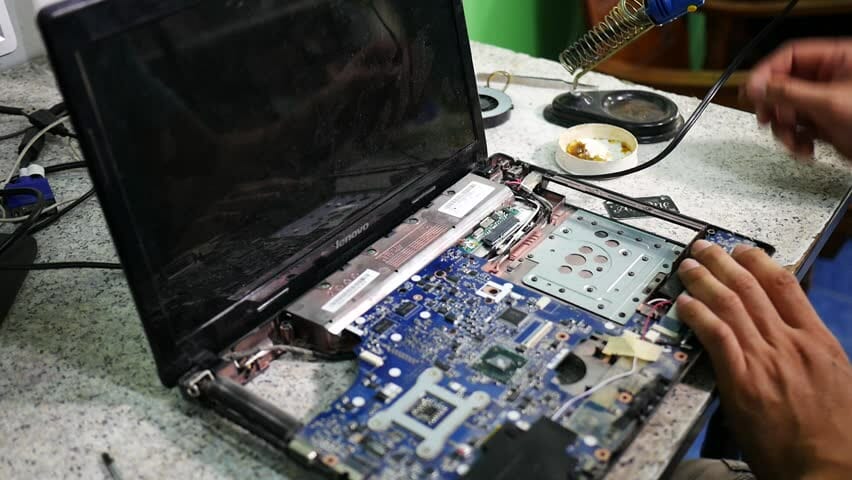
Have you noticed your laptop slowing down lately? It might be because your laptop memory is full or cluttered. Over time, your laptop accumulates unnecessary files, temporary data, and other things that can take up valuable memory space, which can cause your laptop to run slowly or even crash. Cleaning your laptop memory is a simple and effective way to improve its performance and free up space. In this article, we will explore the steps you can take to clean your laptop memory.
Understanding Laptop Memory
Before we dive into how to clean your laptop memory, let’s first understand what laptop memory is. Laptop memory is a type of storage that your laptop uses to temporarily store data while it is being used. It’s also known as RAM (Random Access Memory). Whenever you open an application or program, it is loaded into your laptop memory. This allows your laptop to access the data much faster than if it were to read it from the hard drive. However, laptop memory is limited, and once it fills up, your laptop’s performance can suffer.
Step-by-Step Guide to Clean Your Laptop Memory
Cleaning your laptop memory is a straightforward process that involves removing unnecessary files and data. Here’s a step-by-step guide to help you clean your laptop memory:
Step 1: Determine How Much Memory You Have
The first step in cleaning your laptop memory is to determine how much memory you have. To do this, right-click on the Windows start button and select “System.” You will see information about your laptop’s processor, memory, and operating system. Note down the amount of memory you have, as you will need this information later.
Step 2: Uninstall Unnecessary Programs
The next step is to uninstall programs that you no longer use or need. These programs can take up valuable memory space, and removing them can help free up memory. To uninstall a program, go to the Control Panel and select “Programs and Features.” Select the program you want to uninstall and click “Uninstall.”
Step 3: Delete Temporary Files
Temporary files are files that your laptop creates to help it run certain programs or applications. However, these files can take up a lot of memory space and can slow down your laptop. To delete temporary files, open the “Run” dialog box by pressing the Windows key + R. Type in “temp” and press enter. This will open the temporary files folder. Select all the files in the folder and press “Delete.”
Step 4: Clear Browser Cache
Your web browser stores data such as cookies and temporary files that can take up memory space. Clearing your browser cache can free up memory space and improve your laptop’s performance. To clear your browser cache, open your web browser, and go to the settings. Select “Clear browsing data” or “Clear cache” and select the data you want to clear.
Step 5: Disable Startup Programs
Startup programs are programs that automatically launch when you start your laptop. These programs can slow down your laptop and take up memory space. To disable startup programs, open the “Task Manager” by pressing Ctrl + Shift + Esc. Click on the “Startup” tab, and disable programs that you don’t need to run at startup.
Step 6: Use a Disk Cleanup Tool
Using a disk cleanup tool can help you clean up your laptop memory quickly and easily. Windows comes with a built-in disk cleanup tool that you can use. To access it, go to the Control Panel, and select “Administrative Tools.” Select “Disk Cleanup,” and select the files you want to delete.
Step 7: Upgrade Your Laptop Memory
If none of the above steps work, it might be time to upgrade your laptop memory. Upgrading your memory can give your laptop a significant boost in performance and speed. However, it’s important to note that not all laptops can be upgraded, so be sure to check your laptop’s manual or contact the manufacturer before attempting to upgrade your memory.
Tips for Maintaining Your Laptop Memory
Now that you know how to clean your laptop memory let’s take a look at some tips for maintaining it:
- Regularly clean your laptop: Keeping your laptop clean and free from dust can help prevent it from overheating, which can damage your laptop memory.
- Close unused programs: Having too many programs running simultaneously can take up memory space, so be sure to close programs that you’re not using.
- Keep your laptop updated: Regularly updating your laptop’s software and drivers can help improve its performance and prevent memory leaks.
- Use an external hard drive: If you have a lot of files that you don’t need to access regularly, consider storing them on an external hard drive to free up memory space.
Conclusion
Cleaning your laptop memory is an essential step in maintaining its performance and prolonging its lifespan. By following the steps outlined in this article, you can free up memory space and improve your laptop’s speed and performance. Remember to regularly clean your laptop and take the necessary steps to maintain its memory. If you’re still experiencing issues with your laptop’s performance, consider upgrading your memory or consulting a professional.
FAQs
- Q) Can cleaning laptop memory delete important files?
No, cleaning laptop memory involves removing unnecessary files and data, not important files.
- Q) How often should I clean my laptop memory?
It’s a good idea to clean your laptop memory at least once every few months or whenever you notice your laptop slowing down.
- Q) Can I clean my laptop memory myself, or do I need professional help?
You can clean your laptop memory yourself by following the steps outlined in this article. However, if you’re unsure or uncomfortable with doing it yourself, it’s always best to seek professional help.
- Q) Will cleaning my laptop memory erase my passwords?
No, cleaning your laptop memory won’t erase your saved passwords. However, clearing your browser cache may require you to re-enter some passwords.
- Q) Will upgrading my laptop memory void its warranty?
No, upgrading your laptop memory shouldn’t void its warranty. However, it’s always best to check your laptop’s manual or contact the manufacturer to be sure.
